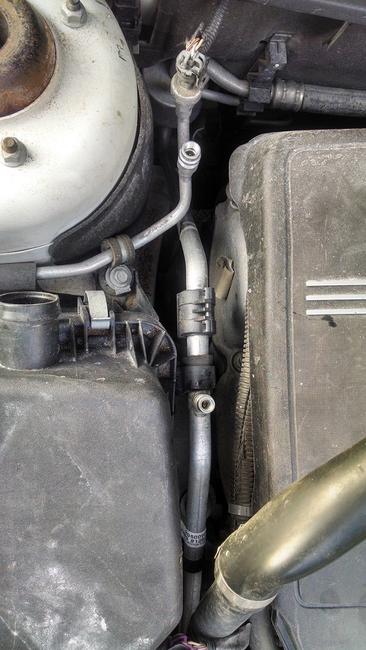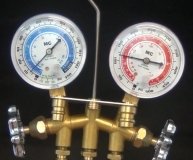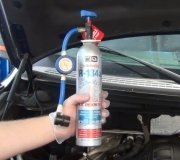90 psi on the high side is low and indicates low charge, but I am not good at judging performance based on gauge readings. The problem is the low and high side gauge readings will stay fairly constant from a half pound under-charge to a half pound over-charge. The system is filled partially with liquid and partially with vapor. Adding more refrigerant just changes the locations of where it changes between the two states.
Also, the pressure of refrigerant under pressure with the system at rest will be very close to the air temperature around it. If it is seventy degrees in your garage, you are likely to find close to 70 psi on both gauges. If you were to release one pound to the atmosphere, some of what remains in the system would turn to vapor and expand, and the pressure would go right back to where it was. No matter how much you bleed off, the remaining liquid will keep expanding and vaporizing, and the pressure will stay the same, until it is fully vaporized and there is no liquid left.
I prefer to use a thermometer to verify the system is has the correct charge, (after I have added the measured amount). The pressure is regulated to not go much below 40 psi in the evaporator because that equates to about forty degrees. Any colder and you risk getting below thirty degrees at which point the condensation would freeze into a solid block of ice that would block air flow. The goal of the AC system is to only lower the air temperature about twenty degrees. It is the removal of the humidity that creates the comfort. Lets face it; sixty degrees is not comfortable when you are sitting still for long periods.
Sunday, July 13th, 2014 AT 10:50 PM




